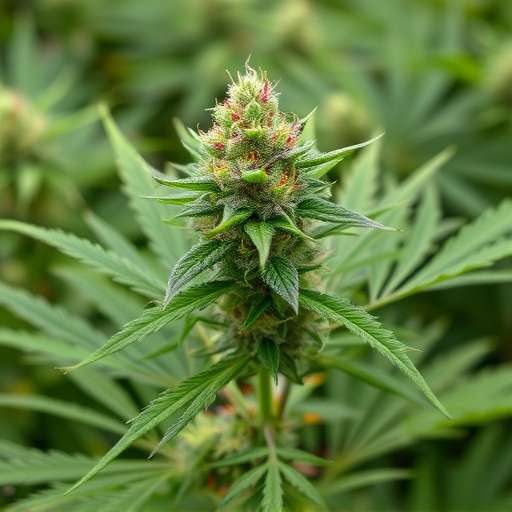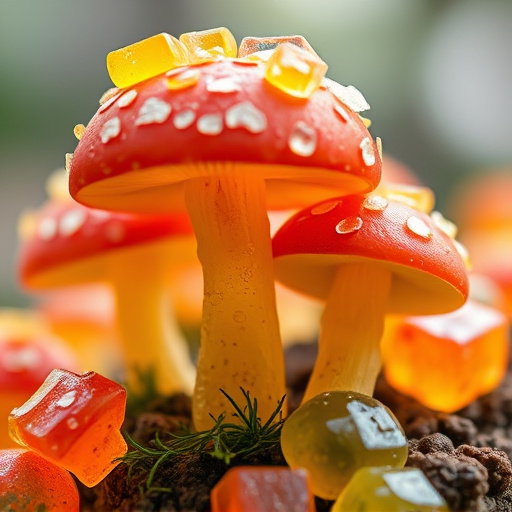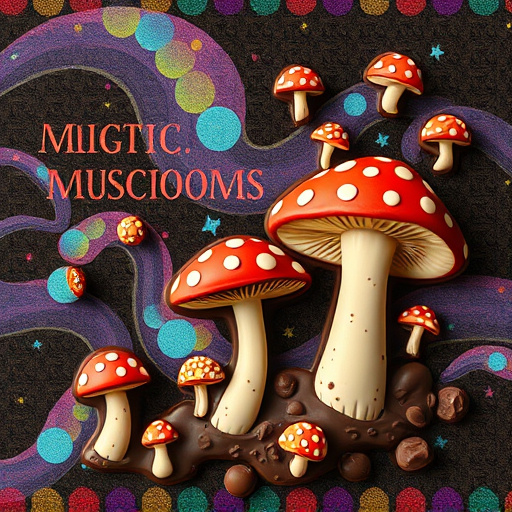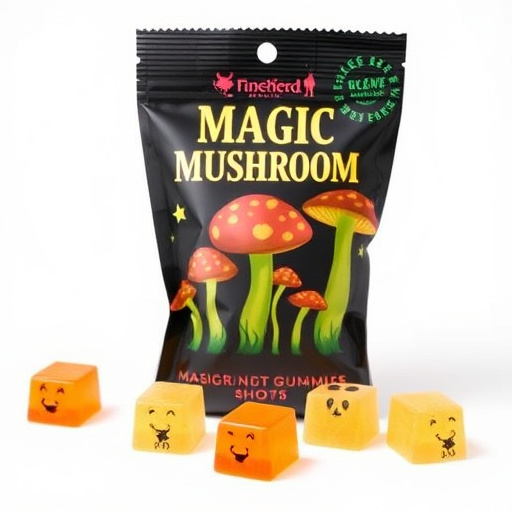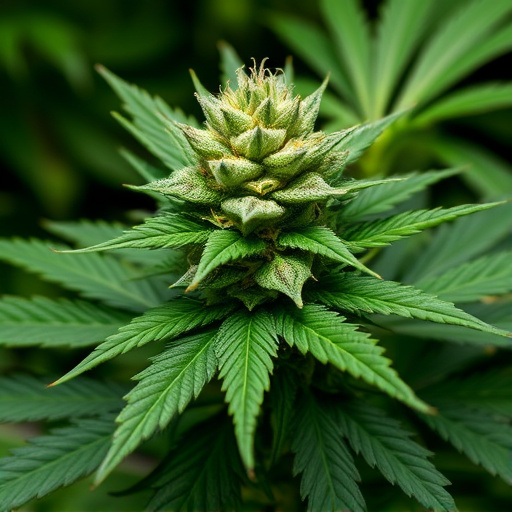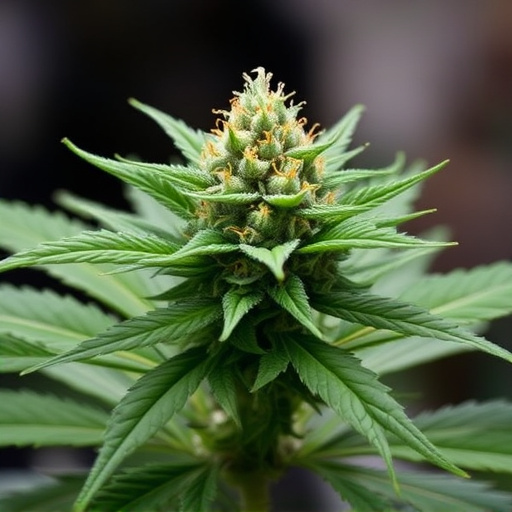The genetic makeup and terpene profiles of cannabis strains greatly affect their effects, with the top 10 strongest strains known for high THC content, including Granddaddy Purple and OG Kush. Environmental factors like temperature, soil minerals, and pH levels also shape cannabinoid profiles, impacting user experiences. Individual responses to cannabis vary based on genetics, tolerances, and emotional triggers, highlighting the importance of understanding these variations for safe and enjoyable use, regardless of chosen strain.
Cannabis effects vary greatly from person to person and depend on a complex interplay of factors. This article delves into three key areas that shape the cannabis experience: genetic composition and terpene profiles, environmental influences, and individual biology. By exploring these aspects, we uncover why some of the top 10 strongest cannabis strains deliver potent effects while others offer more subtle experiences. Understanding these factors empowers users to make informed choices tailored to their needs.
- Genetic Composition and Terpene Profile: Unlocking the Power of Cannabis Strains
- Environmental Factors: From Soil to Smoke – Their Impact on Cannabinoid Levels
- Individual Biology: Understanding the Variability of Cannabis Effects in Humans
Genetic Composition and Terpene Profile: Unlocking the Power of Cannabis Strains
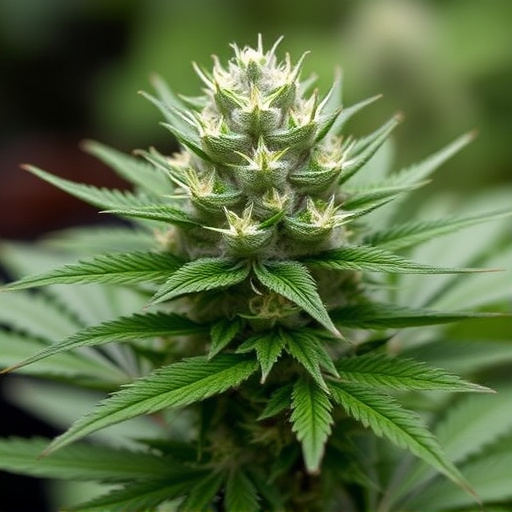
The genetic composition and terpene profile of cannabis plants play a pivotal role in determining their effects. Each strain possesses a unique combination of cannabinoids, such as THC (tetrahydrocannabinol) and CBD (cannabidiol), along with hundreds of terpenes that contribute to the plant’s aroma, flavor, and potential therapeutic benefits. Understanding these chemical constituents is key to unlocking the power of cannabis strains.
Among the top 10 strongest cannabis strains known for their high THC content are Granddaddy Purple, OG Kush, Blue Dream, and Girl Scout Cookies. These strains not only deliver potent psychoactive effects but also offer various medicinal properties. For instance, terpenes like myrcene and limonene can enhance or modify the effects of cannabinoids, creating a complex sensory experience that varies from strain to strain.
Environmental Factors: From Soil to Smoke – Their Impact on Cannabinoid Levels
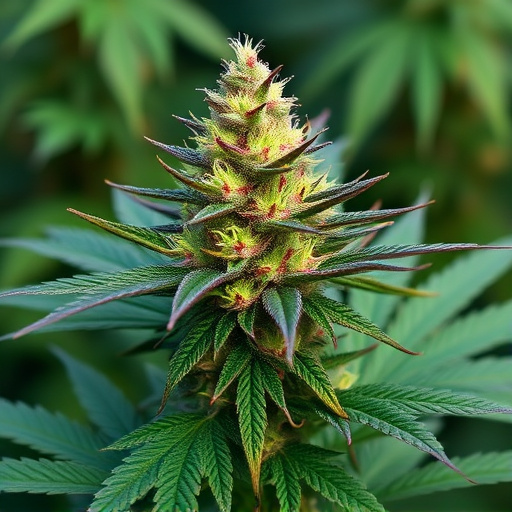
The environment in which cannabis plants are grown plays a significant role in shaping their cannabinoid profile, ultimately affecting the effects users experience. Soil quality, climate, and cultivation practices all contribute to the final product. For instance, certain cannabinoids like THC and CBD are sensitive to environmental stimuli. Warmer temperatures can increase THC levels, while cooler climates might favor higher CBD production. The soil’s mineral content and pH level also impact cannabinoid synthesis. Well-nourished plants tend to produce more robust and diverse cannabinoid profiles, which can lead to a wider range of effects in different strains.
When discussing the top 10 strongest cannabis strains, understanding these environmental factors becomes crucial. Each strain’s unique combination of cannabinoids is influenced by its origin and cultivation methods. Some regions renowned for their high-quality cannabis, such as certain parts of California or Colorado, have specific microclimates and soil types that encourage the development of powerful strains. These environmental factors contribute to why some strains consistently rank higher in terms of potency and desired effects, catering to both recreational and medicinal users seeking optimal experiences.
Individual Biology: Understanding the Variability of Cannabis Effects in Humans
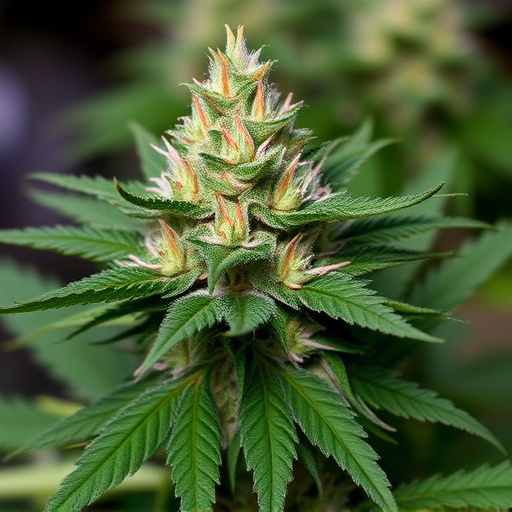
Cannabis effects vary widely among individuals due to our unique biological makeup. Several factors within our bodies influence how we respond to cannabis, which can range from euphoria and relaxation to heightened senses or even anxiety and paranoia. Genetic predisposition plays a significant role; some people may have a higher tolerance or be more susceptible to certain cannabinoid interactions based on their genetic heritage. For instance, those with a history of anxiety disorders might experience amplified anxiety when consuming cannabis, while others could benefit from its stress-relieving properties.
Understanding these variations is crucial when considering the top 10 strongest cannabis strains known for their high THC (tetrahydrocannabinol) content. These potent varieties can produce intense effects but are not suitable for everyone due to individual biology. It’s essential to be aware of one’s personal tolerance and emotional triggers when exploring cannabis, ensuring a safe and enjoyable experience regardless of the strain chosen.
Cannabis effects vary greatly due to a complex interplay of genetic composition, environmental factors, and individual biology. Understanding these influences is key to navigating the market for the top 10 strongest cannabis strains, ensuring consumers make informed choices based on their specific needs and tolerances. By recognizing how strain genetics, environmental conditions, and personal biochemistry interact, we can unlock the full potential of cannabis as a therapeutic tool, tailoring its benefits to individual users.


